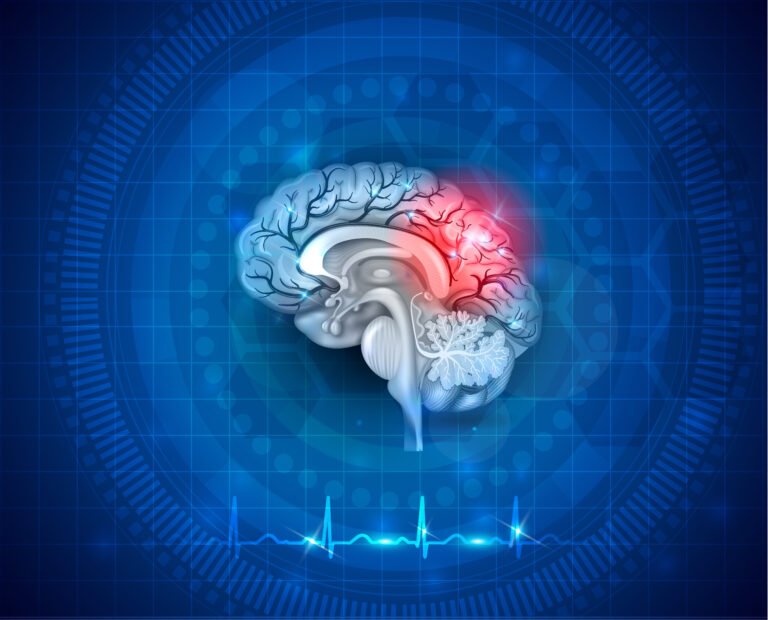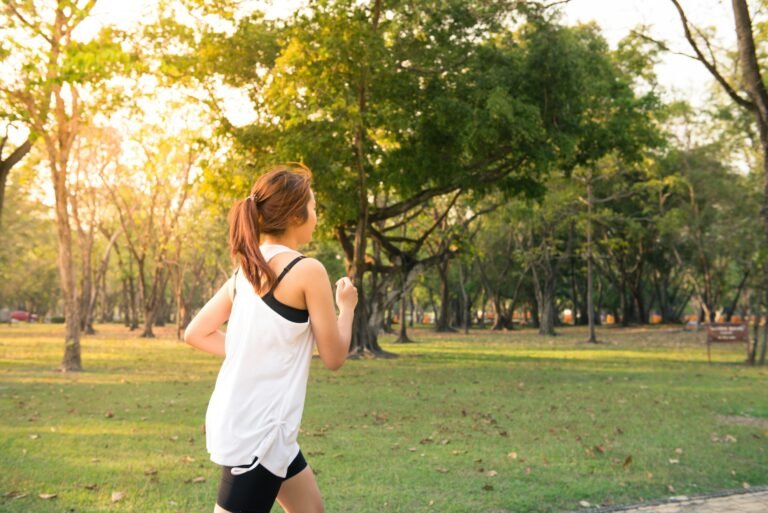Follow us and share.
What is a Stroke? Symptoms, Types, and How to Respond Quickly
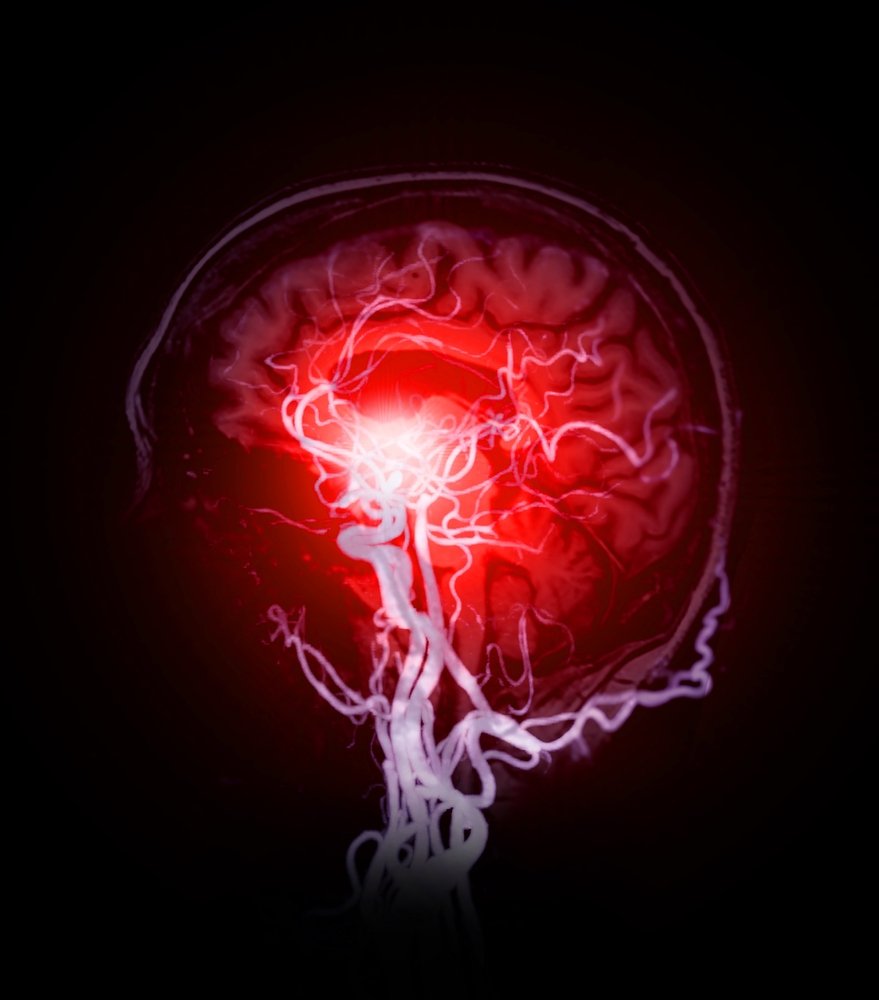
He EVC, also known as cerebrovascular accident (CVA) either stroke, is one of the leading causes of death and disability worldwide. It can happen in a matter of seconds, without warning, and change a person's life forever. Therefore, knowing what a stroke is, how to recognize its symptoms, and how to respond quickly can mean the difference between life and death.
📌 In this article, we explain clearly and simply what a cerebrovascular event, what its types are, how it manifests itself and what to do in case of emergency.
📌 What is a stroke?
A EVC (Cerebral Vascular Event) or stroke (Stroke) occurs when blood flow to a part of the brain is interrupted or reduced, preventing brain cells from receiving oxygen and nutrients. Within minutes, these cells begin to die.
This event is popularly known as stroke either cerebral infarction, and can have serious consequences, from paralysis and speech problems to death. According to the CDC, is a high-priority medical emergency that requires immediate attention.
📌 Types of stroke: Ischemic vs. Hemorrhagic
There are two main types of stroke, which vary depending on the cause and treatment.
The most common is the Ischemic stroke, which represents approximately 85% of the cases. It occurs when a blood clot, known as cerebral embolism, blocks an artery in the brain. This prevents blood from flowing properly, causing a cerebral ischemia. Among the frequent causes are: atherosclerosis, the atrial fibrillation and other cardiovascular conditions.
On the other hand, the Hemorrhagic stroke It occurs when a blood vessel in the brain ruptures and bleeds, causing damage to the surrounding brain tissue. This bleeding can be intracerebral or subarachnoid. The main causes include uncontrolled high blood pressure, aneurysms, head trauma, and clotting disorders. You can read more about the types and causes in this guide. Mayo Clinic.
📌 What are the symptoms of a stroke?
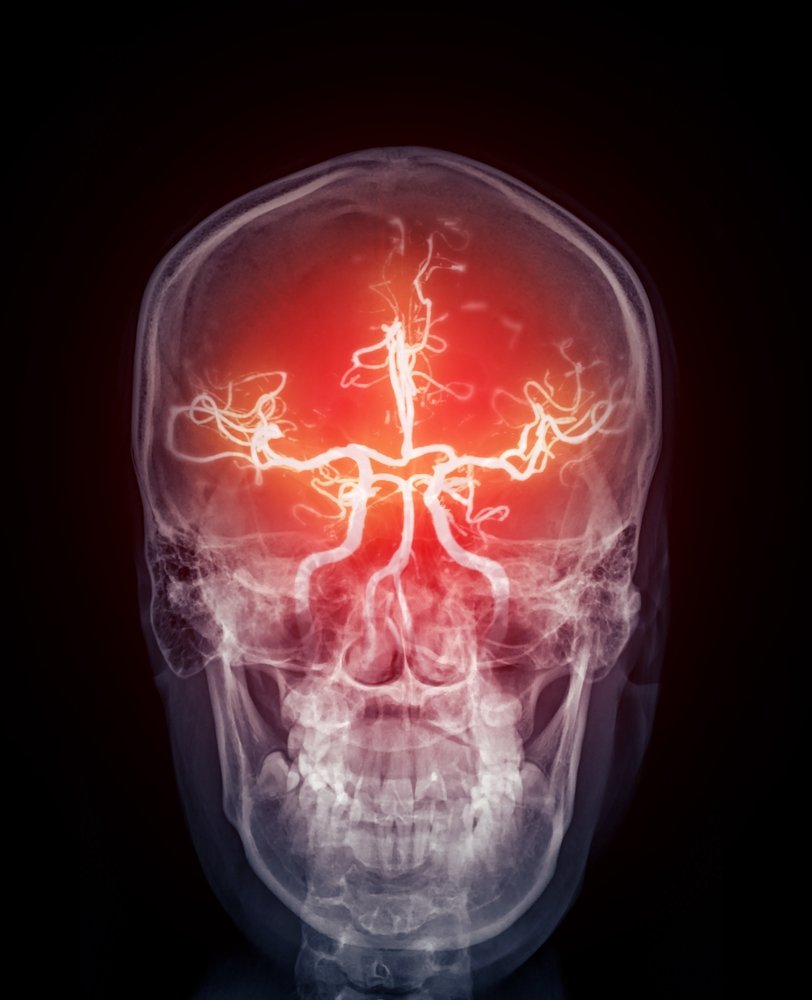
Recognize the symptoms of a stroke Early detection can mean the difference between full recovery and permanent disability. Common signs include:
✅ Sudden loss of strength on the face, arm, or leg, especially on one side of the body
✅ Difficulty speaking or understanding what others say
✅ Vision problems, such as blurred or double vision
✅ Sudden, severe headache, without apparent cause
✅ Loss of balance, dizziness, or sudden fall
A useful tool to quickly identify a possible stroke is the acronym FAST (for its acronym in English):
- Face (face): Does one side of your face droop when you smile?
- TOrms (arms): Can you raise both arms equally?
- Speech (speech): Do you have difficulty speaking or pronouncing words?
Time (time): If you observe any of these signs, act immediately.
The sooner the patient acts, the greater the chance of receiving treatments such as thrombolysis, which can dissolve clots and improve the prognosis.
📌 What to do in the event of a stroke?
If you think someone is suffering from a cerebrovascular eventThe most important thing is to stay calm and act quickly:
✔️ Call emergency services immediately (911 or other local number)
✔️ Avoid giving food, water or medication
✔️ Do not attempt to move it yourself., unless strictly necessary
✔️ Note the time the symptoms began, since it is crucial data for doctors
Please note that in the Ischemic strokes, there is a therapeutic window of approximately 3 hours to administer thrombolytic treatments that can reverse much of the damage.
📌 Can a stroke be prevented?
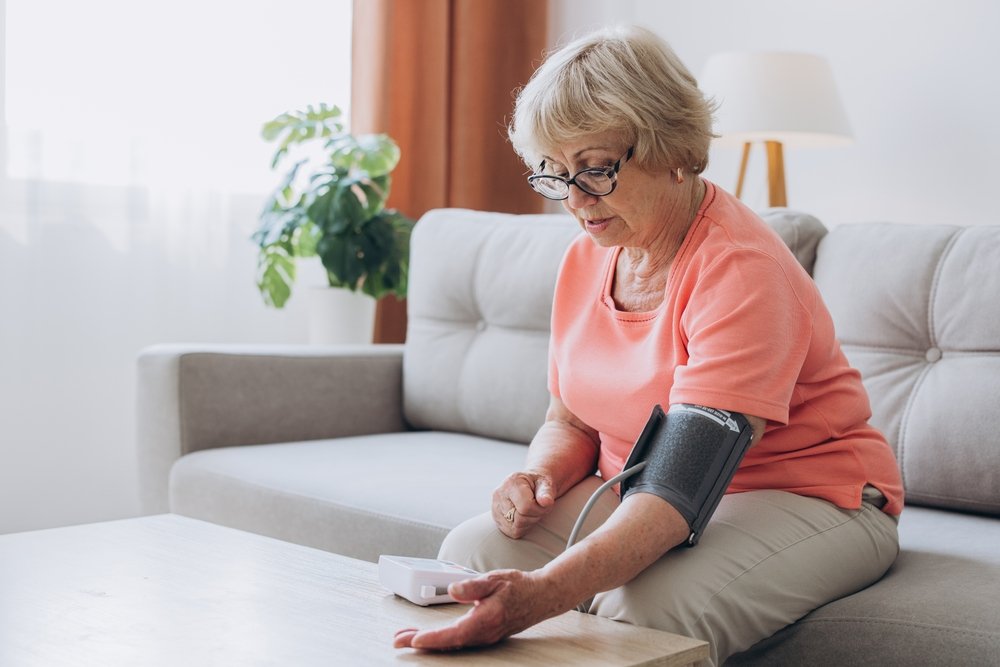
Most strokes are preventable by controlling modifiable risk factors. Adopting healthy lifestyle habits can significantly reduce the likelihood of having a stroke.
Main risk factors:
- High blood pressure (the most important risk factor).
- Type 2 diabetes.
- High cholesterol.
- Smoking.
- Sedentary lifestyle.
- Obesity.
- Excessive alcohol consumption.
- Atrial fibrillation (cardiac arrhythmia).
- Family history of cardiovascular disease.
Tips to prevent a stroke:
- Keep your blood pressure under control.
- Eat a balanced diet rich in fruits, vegetables, whole grains, and low in salt and saturated fat.
- Do moderate physical activity at least 150 minutes per week.
- Do not smoke and avoid excessive alcohol consumption.
- Control your blood sugar and cholesterol through regular medical checkups.
- Learn to manage stress through relaxation, meditation, and mindfulness techniques.
📌 Recovery and rehabilitation after a stroke
Recovery after a stroke varies depending on the severity of the brain damage, the speed of treatment, and subsequent rehabilitation. The process can be long and requires perseverance.
Important aspects in recovery:
- Rehabilitation therapies: Physiotherapy (for mobility), occupational therapy (for everyday skills) and speech therapy (for language and swallowing) are essential pillars.
- Emotional support: Many people experience depression, anxiety, or personality changes after a stroke. Individual and family psychological support is key.
- Secondary prevention: Following the prescribed medical treatment, including anticoagulants or medications to control blood pressure, is vital to prevent recurrences.
- Family support: The environment plays a central role in recovery, providing motivation, understanding and patience.
Home adaptations Such as installing handrails, removing slippery mats, or facilitating access to bathrooms can improve the patient's independence in their daily lives.
💡 Final Reflection: One minute can change everything
Stroke can happen unexpectedly, but most cases can be prevented or minimized if we act early. Knowing the symptoms, acting quickly, and addressing risk factors is key to protecting our brain health.
Remember: every minute counts. Don't hesitate to seek immediate help if you have any concerns.
Take care of your heart, your blood pressure, and your lifestyle: everything influences the health of your brain. A healthy brain is the foundation of a full, active, and happy life.
Frequently Asked Questions (FAQ)
1. What does EVC mean?
EVC means Cerebral Vascular Event, the medical term for what is commonly called a stroke or cerebral infarction.
2. What is the difference between ischemic and hemorrhagic stroke?
Ischemic stroke occurs when a brain artery is blocked. Hemorrhagic stroke occurs when a blood vessel ruptures, causing bleeding within the brain.
3. How common is stroke?
It is one of the five leading causes of death worldwide. It is estimated that 1 in 4 adults could suffer a stroke in their lifetime.
4. Can a person recover from a stroke?
Yes, especially if you receive urgent medical treatment. Recovery also depends on the affected area and access to rehabilitation.
5. Does stroke only occur in older people?
Not exclusively. Although it's more common in older adults, it can also affect younger people, especially if they have risk factors such as high blood pressure, smoking, or heart problems.

